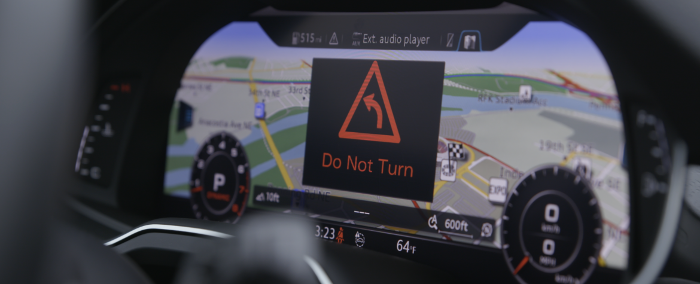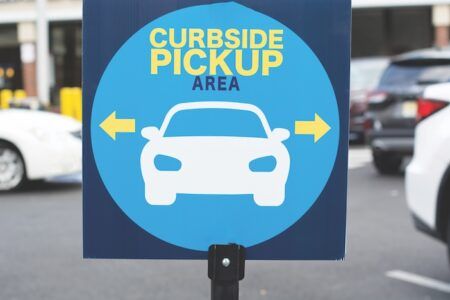At a live demonstration event in Berlin, Germany last week, prominent members of the 5G Automotive Association (5GAA) presented a showcase of Cellular Vehicle-to-Everything (C-V2X) technologies that are ready to be deployed to create smarter and safer mobility for all.
The event showed how C-V2X allows vehicles to both communicate with the cloud and also directly with each other and their surroundings. Leading members of the 5GAA global, cross-industry organization, including BMW Group, Daimler, Deutsche Telekom, Fraunhofer Institutes’ FOKUS and ESK divisions, Ford, Huawei, Jaguar Land Rover (JLR), Nokia, Qualcomm and Vodafone, demonstrated C-V2X applications in several Vehicle-to-Vehicle (V2V), Vehicle-to-Infrastructure (V2I) and Vehicle-to-Network (V2N) scenarios. Using both direct/dedicated short-range communications (DSRC) and mobile networks offers complementary capabilities as showcased in the demos, which involve tele-operated driving and the provision of emergency traffic information between vehicles using multi-access edge computing (MEC) functionality.

The C-V2X use cases, showcased by the 5GAA in Berlin included:
- Traffic Management Solutions using Signal Phase and Timing (SPaT) and Red-Light Violation Warning (RLVW) to Vehicle – during the demo drive, a BMW vehicle equipped with a Qualcomm onboard unit (OBU) running the Savari ITS software stack and the V2X use cases, communicates with a Swarco traffic signal, showing C-V2X readiness across multiple vendors. The scenario enables the driver to monitor the upcoming traffic light, with the vehicle’s display showing the current signal phase and how long it will remain, while also giving a warning if they are likely to run a red light;
- Traffic Management Solutions using Emergency Electronic Brake light (EEBL)/ Roadworks warning (RWW) – during the demo Fraunhofer FOKUS, supported by Daimler, showed two vehicles equipped with Huawei OBUs giving advanced warning of the car ahead braking, and a Huawei roadside unit (RSU) offering roadworks alerts to both vehicles;
- Real Time Emergency Alerts using V2N and N2V services, with Vodafone Germany and Ford showing V2X systems that could alert drivers to an accident ahead, moments after it has happened via eCall Plus, and also offering an early warning that emergency vehicles are approaching;
-
Live data capture and transmission using expanded network/V2N capacities via MEC, with Continental, Deutsche Telekom, Fraunhofer ESK and Nokia demonstrating how information is delivered to vehicles almost real-time via a mobile network, using MEC technology at the edge of the mobile network to reduce latency;
-
Combined Network and Direct solution offering the pinnacle of C-V2X technology, with Vodafone, Huawei and JLR demonstrating safety critical use cases by combining different communication modes (short direct via PC5 and longer-range network-based via Uu);
-
Remote-Operated Driving (ROD) that smooths the path to automated vehicles, anticipating situations in which a remote human operator can intervene with the driving of a vehicle, with Fraunhofer FOKUS, supported by Daimler, showcasing the currently available technology.
“Connected mobility standards are no longer a vision for the future,” said Maxime Flament, 5GAA’s chief technology officer. “The solutions on show are ready to be deployed today and have huge industry momentum based on the forthcoming 5G capabilities. C-V2X technology is a key foundation for a safe and sound driving environment for pedestrians, bicyclists, motorcyclists, cars and commercial heavy trucks. Global field testing is already in its very final stages and the first solutions are now commercially available from multiple suppliers.”





